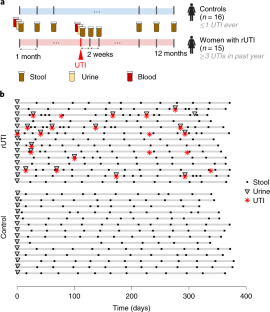UMass Amherstの研究チームは、運動パラメータのデータを正確に処理するAIアルゴリズムを構築しました。 UMass Amherst research team built AI algorithm that accurately processes data on kinetic parameters
2022-05-03 マサチューセッツ大学アマースト校

このインソールは、「人の歩行に関連する2つの重要な運動パラメータ、すなわち地面反力(GRF)と圧力中心(CoP)を測定します」と、マニング情報コンピューター科学大学助教授のSunghoon Ivan Lee氏は言います。「これらのパラメータは、特に歩行に問題を抱える人々にとって、非常に重要な情報を含んでいます。
<関連情報>
- https://www.umass.edu/news/article/low-cost-sensor-equipped-insole-developed-monitor-gait-patients-mobility-impairments
- https://ieeexplore.ieee.org/document/9573257
低価格ウェアラブルデバイスによる地面反力と圧力中心の推定 Estimating Ground Reaction Force and Center of Pressure Using Low-Cost Wearable Devices
Brandon Oubre, Spencer Lane, Skylar Holmes, Katherine Boyer,Sunghoon Ivan Lee
IEEE Transactions on Biomedical Engineering Published: 4, April 2022
DOI: 10.1109/TBME.2021.3120346
Abstract
Objective: Ambulatory monitoring of ground reaction force (GRF) and center of pressure (CoP) could improve management of health conditions that impair mobility. Insoles instrumented with force-sensitive resistors (FSRs) are an unobtrusive, low-cost, and low-power technology for sampling GRF and CoP in real-world environments. However, FSRs have variable response characteristics that complicate estimation of GRF and CoP. This study introduces a unique data analytic pipeline that enables accurate estimation of GRF and CoP despite relatively inaccurate FSR responses. This paper also investigates whether inclusion of a complementary knee angle sensor improves estimation accuracy. Methods: Seventeen healthy subjects were equipped with an insole instrumented with six FSRs and a string-based knee angle sensor. Subjects walked in a straight line at self-selected slow, preferred, and fast speeds over an in-ground force platform. Twenty repetitions were performed for each speed. Supervised machine learning models estimated weight-normalized GRF and shoe size-normalized CoP, which were re-scaled to obtain GRF and CoP. Results: Anteroposterior GRF, Vertical GRF, and Anteroposterior CoP were estimated with a normalized root mean square error (NRMSE) of less than 5%. Mediolateral GRF and CoP were estimated with an NRMSE of 8.1% and 6.4%, respectively. Knee angle-related features slightly improved GRF estimates. Conclusion: Normalized models accurately estimated GRF and CoP despite deficiencies in FSR data. Significance: Ambulatory use of the proposed system could enable objective, longitudinal monitoring of severity and progression for a variety of health conditions.



